Pros and cons of the trendy 18:9 screen format
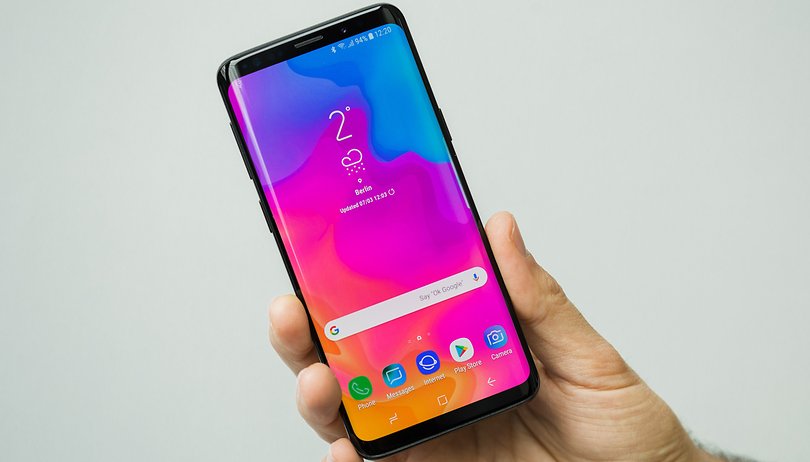

Like some other trends, such as the notch, the 18:9 screens have flooded the market, and now it’s nearly mandatory that top-range devices come with this aspect ratio, with many intermediaries already adopting this feature as well. The 18:9 screens seem to have been well received by the public, but what are their biggest advantages and disadvantages? Let’s check them out.
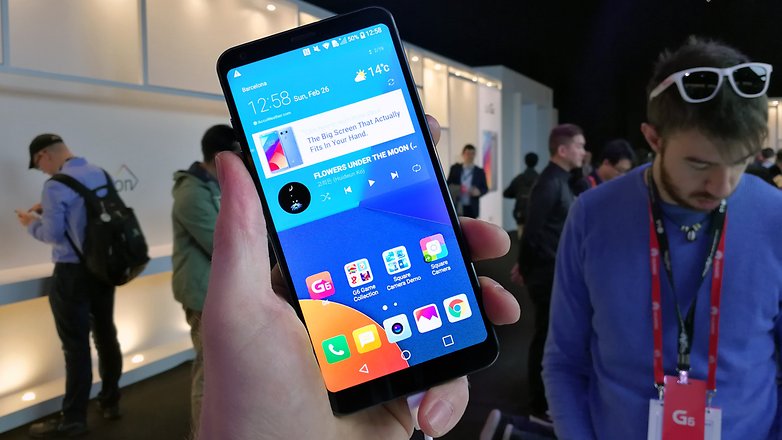
Advantages
Do more things simultaneously
The dual-screen feature has come to various brands and their devices before being completely incorporated into Android software. With this function you can fit a lot in an 18:9 screen, either vertically or horizontally. With the longer display, two apps work much better on the device, and consequently, their productivity increases.
More space for apps
Some apps easily benefit from an 18:9 screen. Browsers and eBook apps, for example, get more area to present text and images, which is great for people who are accustomed to a large computer screen. Some games will also take advantage of the increased screen size and usage area.
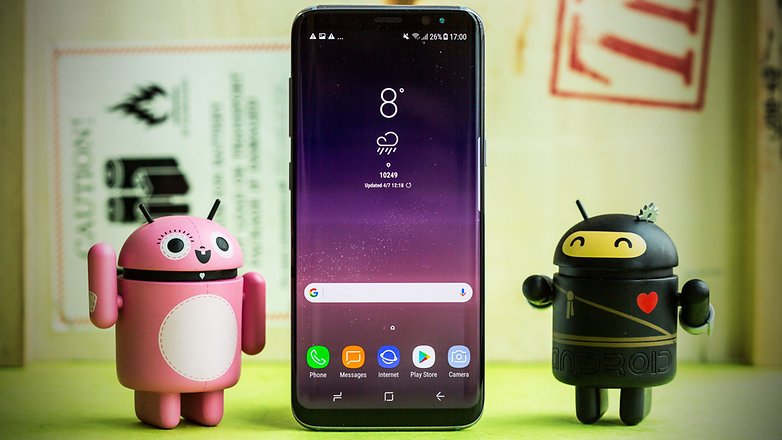
Easier to hold
With this new aspect ratio, it’s become possible to increase the size of the screen without harming the device’s usability. Therefore, devices with 6-inch screens feel much more secure than devices with 5.5-inch screens in the previous format. In the same way, the 18:9 format and infinite screen facilitate one another, making it easier to implement this feature without disturbing usage.
Disadvantages
Videos aren’t ready
With the increasing number of 18:9 devices (including monitors and TVs), the production of content in this screen format has increased as well. But until then, you’ll have to make complicated decisions when watching a video, because either you’ll cut off the subtitles or you’ll lose content on both sides. Some companies are already producing content in this format, but they’re still the minority. So until there’s more of them, we’ll have to wait for content.
Apps aren’t ready yet
And it’s not just with videos that problems appear. In the case of apps, many of them are also not up to date to deal with long screens. So you end up with two black bars on the top and bottom, or on the side. Yes, this isn’t such a serious problem, but you paid a premium to have an 18:9 screen, so wouldn’t it be better to take full advantage of it?
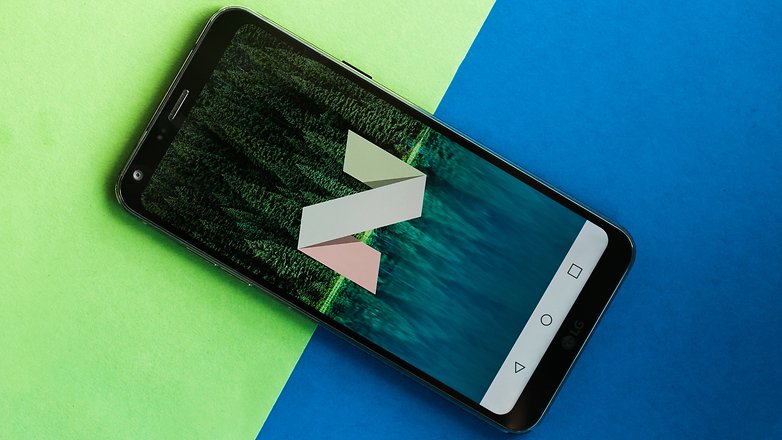
- What are the advantages of the LG G6’s rounded corners and unique ratio?
- Smartphone screens explained: display types, resolutions and more
Longer swipes
This would be a disadvantage even if the screen still had a 16:9 aspect ratio, but with a longer screen, it becomes more difficult to reach available content. In the case of swipes that require the whole screen, like in browsers, it doesn’t make that much of a difference. But in the case of a game, where your thumb needs 25 centimeters to quickly complete a command, things get more complicated.
And what about you? Do you see more advantages or disadvantages in an 18:9 display?






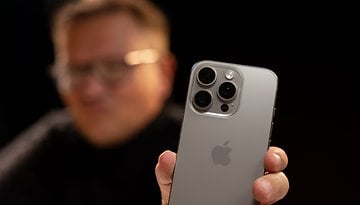
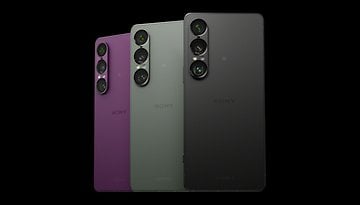
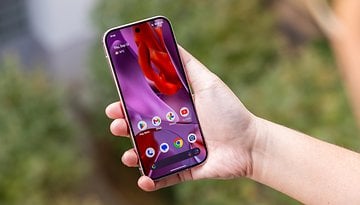
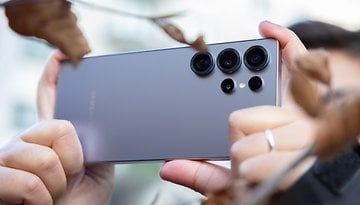
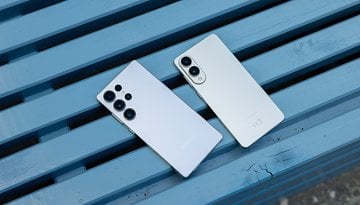
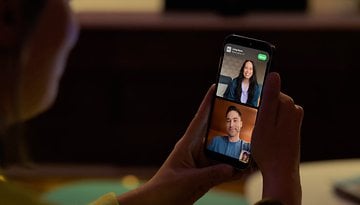
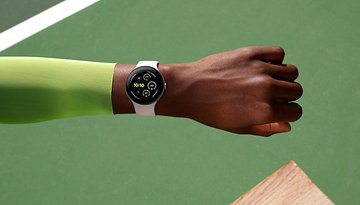
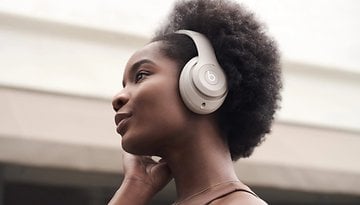

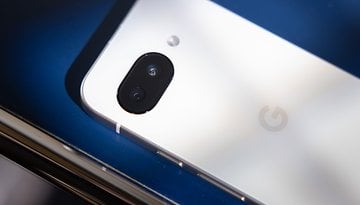

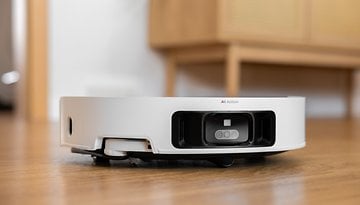


I like it. 18:9 puts more space for status bar and nav bar, which gives more space for content. Sometimes, i use gesture nave to give more space for content. Unless, yeah, you really use your phone mostly for watching.
I had one and hated it. Before purchase i reviewed phones based on screen size without considering aspect ratio. Ultimately i wanted a slightly wider screen but ended up with a longer one which actually made overall visibility worse. I ended up selling the phone and have reverted back to a 16:9 aspect ratio and much happier.
As I recall 18:9 is 2:1 or am I missing something?
18:9 is 2:1.
18:9 is a marketing gimmick to sell people new phones. Any "advantages" won't make up for it not fitting in my pocket as well.
I just got a Nokia 5 which is 18:9. I don't get how this format presents text better. Reading on a wider screen is easier for the eyes since they travel less moving side to side rather than up and down. Reading a skinny column of text is like being on an old web site designed for low res monitors.
I think the people who say they are good for reading, have never read a book.
So the millenials will love it:-)
I like 18:9 because it is perfect display for smartphones.
"more area to present text and images" is false in general: at equal diagonal size (a measure understood by the customers) the area is in fact smaller! Do your math, folks.
H**l, you don't even have to know any math; just not be blind. Anyone that the old-style tvs, older phones, can tell the newer phones aren't bigger...they look long and thin.
The idea is that it's a 5.5-inch 16:9 with extra space on top/bottom. Of course a 6-inch 16:9 is bigger than a 6-inch 18:9, but most people will have come from a 5.5-inch phone so it's being compared to the so-called "old standard".
I do not like it at all, you end up having black bar at the ends of the when viewing movies or pictures. I personally think is sucks and will avoid them as long as I can. Like I am avoiding phones with non removable batteries.
Content is King. Interpolation is a waste of compute power and battery. This screen is a sales gimmick.
Did you mean "context is king"?
No. Video, games and page layout is designed to certain known ratios and resolutions. When your screen deviates from those extra processing power is needed to convert the content to fit the screen. This is called interpolation. For video content it can be referred to as upscaling in the case of taking an HD video upscaling it to 4K video display. 16:9 is the primary ratio in use currently.
Before these came out I was pretty sure i'd never buy any phone bigger than 5" just for pocketabilty and holding comfort - now I'm not so sure. Breakability comment is valid, but I've always used a protective case - I like enough bezel for a good case fit, and the no-bezel fad is putting me off again.
Nope, don't care for it. When I see the words trendy, fashionable, stylish...I usually shy away from them. I'm more of the beefy, rugged type of phone buyer. I want something that doesn't look like if I touch it wrong, it might break.
Tink-tink... my beautiful Samsung Galaxy Note 8 caught the very corner of the curved glass when I accidentally dropped it. To get the glass repaired was going to be a $450 bill. fortunately, I had insurance through Verizon but it still cost me $200. the folks I talked to said the curved glass wise to blame for the incredibly expensive screen repairs. That makes the large curved screens a disadvantage in my book.
No break-ability disadvantage? Glass isn't advanced enough yet, to make that a non-problem.